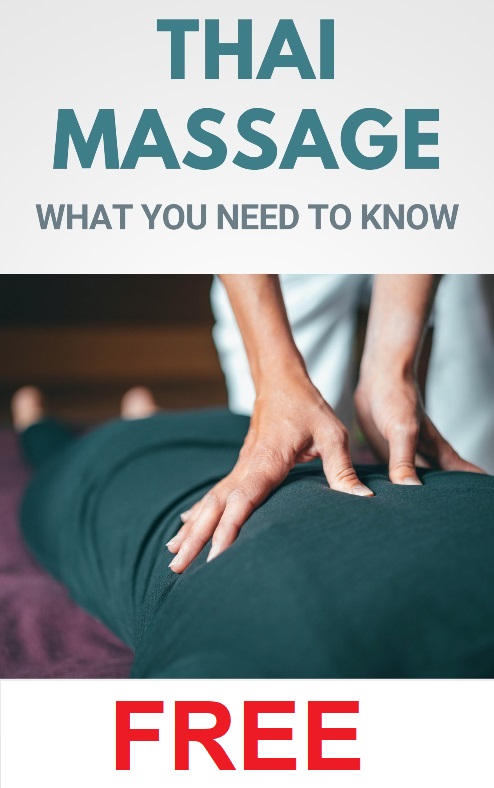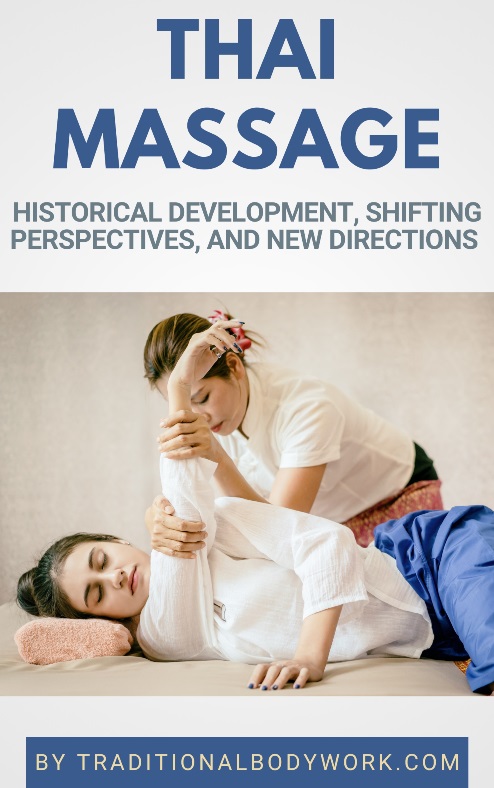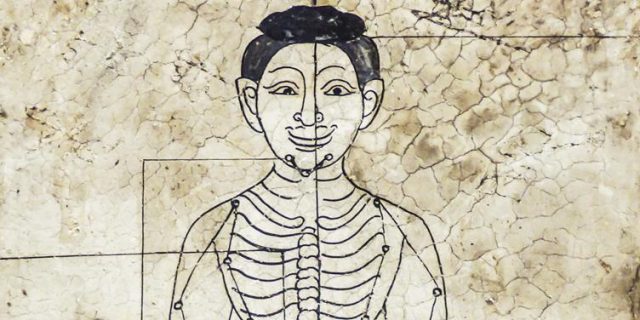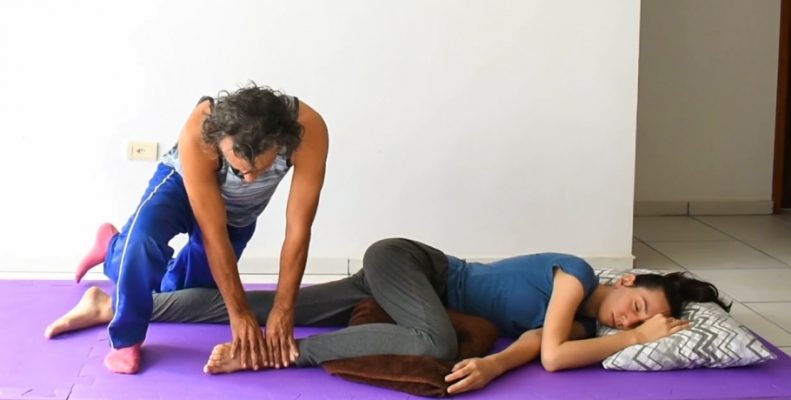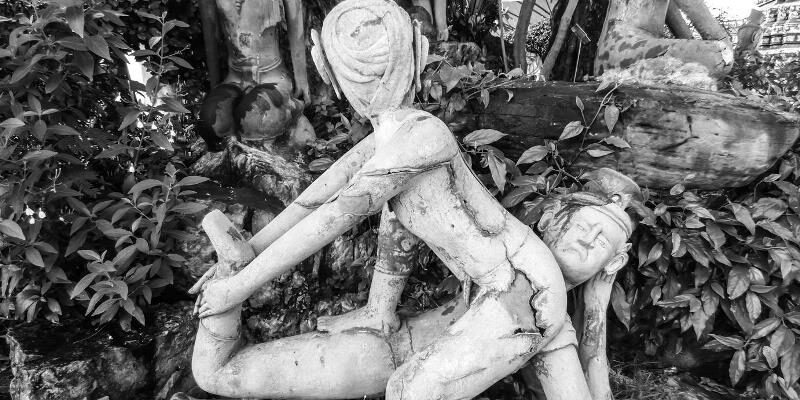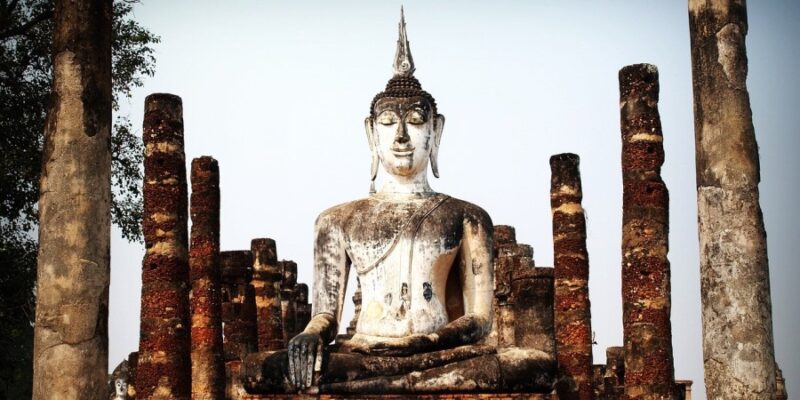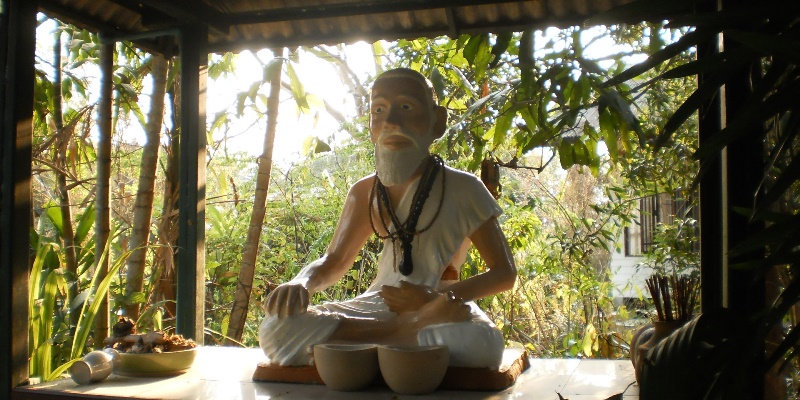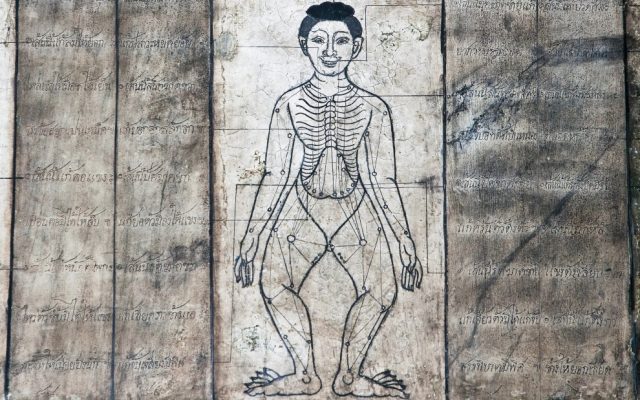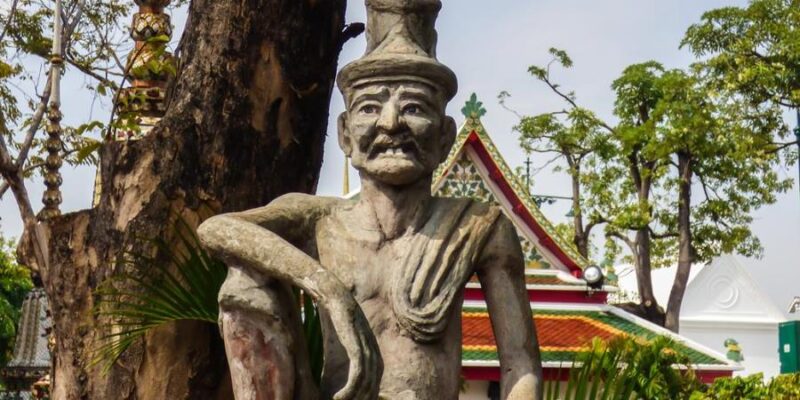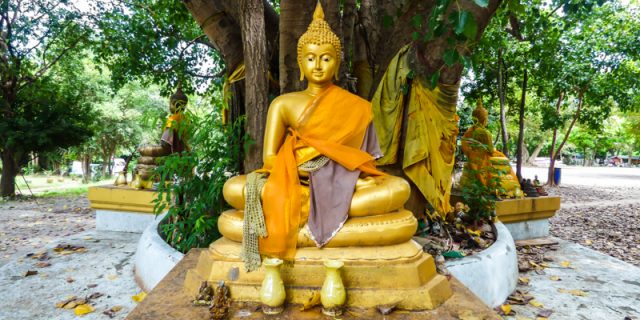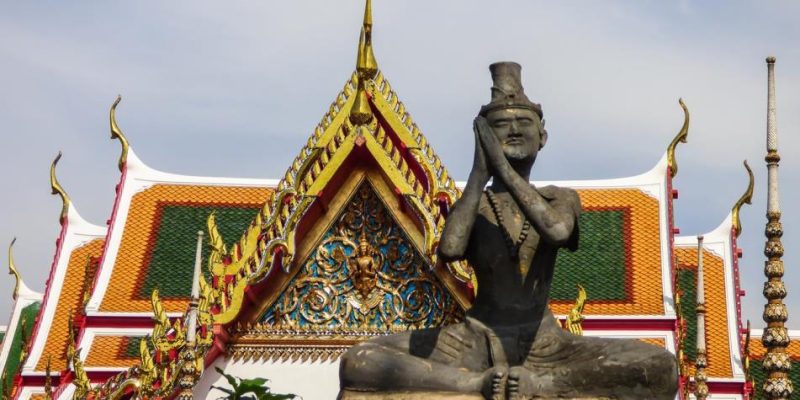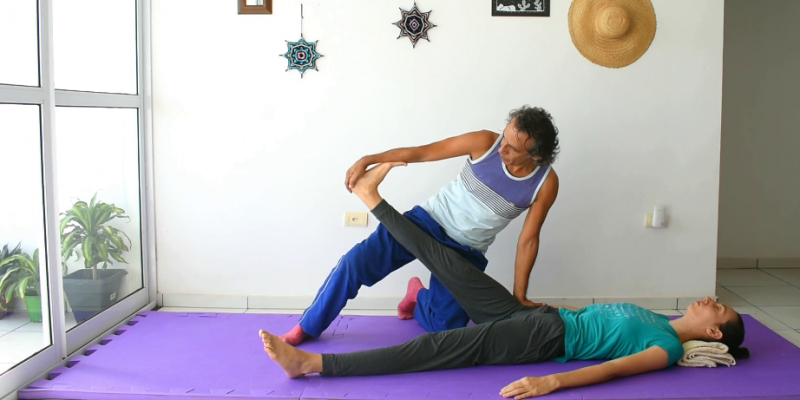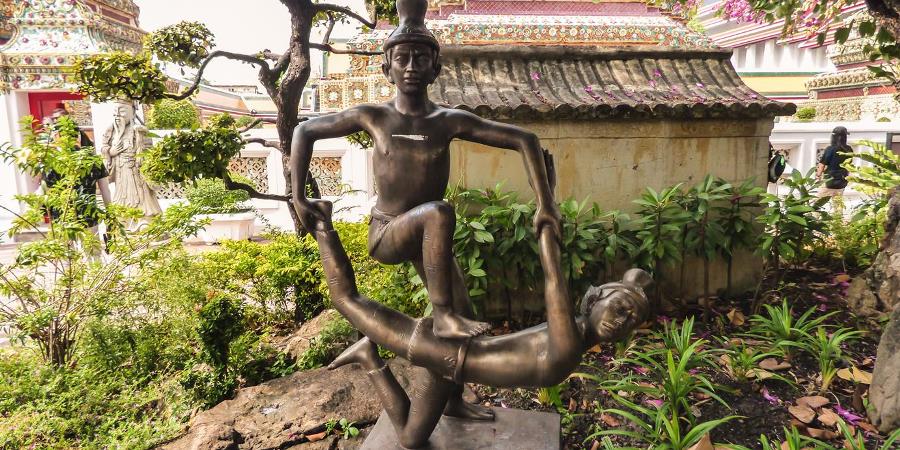
Traditional Thai Massage, also called Thai Yoga Massage, Nuad Thai, or Nuad Boran, is part of the cultural heritage of Thailand and an integral part of Thai Traditional Medicine. It’s an ancient form of Thai healing — body work and energy work — based on passive Yoga, deep stretches, a broad variety of massage techniques, pressure, and acupressure.

Traditionally, Thai Massage is applied by using stretching exercises — the so-called assisted stretches — Yoga poses, pressure, and acupressure along specific energy channels or meridians, the latter called Thai Sib Sen Energy Lines.
Depending on the goal of the massage session, herbal compresses, oils and creams, and wooden sticks may also be applied. With Thai Massage, our mind, body and energy system can be brought into cooperative, functional harmony.
Thai Massage is used as both preventive and curative traditional medicine and is thought to support us in being freed of physical, mental, and emotional blockages, tensions and ailments. Moreover, the holistic approach used within Thai Massage may help the body’s self-healing and regeneration processes to start functioning in an optimal way.
As for everyday life, Thai Massage treatments could support us in experiencing improved calmness, balance, vitality, and flexibility.
How Is Thai Massage Applied?
Conforming to the tradition, Thai Massage is given fully dressed. Both the receiver and the masseur i.e. therapist wear comfortable clothes to be able to move freely while doing the work.
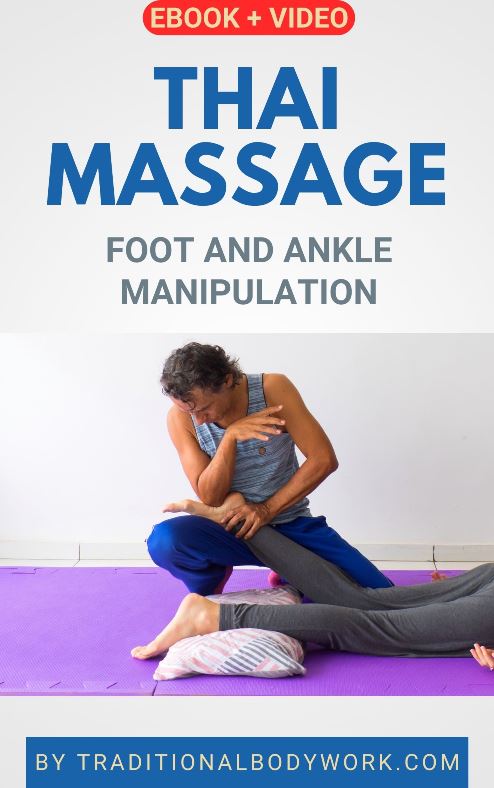
Usually, oils are not applied, and the masseur uses hands, elbows, fingers, feet, and knees to apply the treatment. However, when oils and herbs are used, like for instance in Thai Oil Massage or Thai Herbal Compress Massage, the treatment is typically given directly on the unclothed body.
A Thai Massage session is traditionally given on the floor on a special mat (although sometimes a massage table or even a chair is used), and can take somewhere between one and four hours depending on the therapist, the receiver, and the (therapeutic) goal of the treatment session.
Thai Massage is a full body massage covering head to toes, but there are a variety of specializations to be recognized, such as Thai Foot Massage, Thai Facial Massage, Thai Abdominal Massage, Thai Genital Massage, Thai Head, Neck & Shoulders Massage, and Thai Pregnancy Massage, among many other particular dedicated modalities.
A Bit of History on Thai Massage
It’s believed that the origin of Thai Massage was in India. Aspects of Indian Ayurvedic medicine can still be found in Thailand, and together with herbal treatments, steam baths, and massage, Ayurvedic medicine forms an integral part of what is now called Traditional Thai Medicine or TTM.
The founder of Traditional Thai Massage is thought to have been a doctor from Northern India. He was known as Jivaka Kumar Bhacchal (aka Dr. Shivago), a contemporary of the Buddha and the personal physician of the Indian King Bimbisara over 2,500 years ago. It’s said that his teachings reached Thailand at the same time as Buddhism — as early as the 3rd or 2nd century B.C.

Jivaka Kumar Bhaccha is not only an inspiration for the massage techniques used in Thailand today, but he’s also considered to be the source of knowledge about the healing powers of herbs and minerals. Even today, Dr. Shivago is highly respected and honored by many Thais as the “Father of Medicine.”
One of the oldest traces of the ancient background of Thai Massage can be found in the Wat Pho temple in Bangkok, where one can see about sixty diagrams carved in stone and placed into the walls of the temple. The diagrams denote the therapy points along the various Sen Energy Lines (the 10 Sen or Sib Sen) accompanied by explanatory notes. These Sen form the primary theoretical basis of Thai Massage.
Yet, much of the origins of Thai Massage and Traditional Thai Medicine are still unclear. It is unknown whether there were any indigenous forms of massage in the region before the Thai people occupied the area what is now called Thailand. Also unknown is which parts of Chinese Traditional Medicine had any theoretical and/or practical influence on the practice of Thai Massage.
Nowadays, it’s basically impossible to definitively answer such questions, since for centuries medical knowledge was transmitted almost entirely orally from teacher to student, apart from the fact that much that was written down has gotten lost.
Thai Massage Warm-Up Demo
In the video below, you can watch a short Thai Massage full body warm-up session to give you the idea what Thai Massage is about.
Thai Massage Today
Since the 1980s, Thai Massage has gradually spread to many countries around the world. In the past decades, it has emerged as an important massage and bodywork modality with plenty of Thai Massage treatments, training courses, and workshops given around the globe.
As a relaxation and therapeutic treatment modality it has been adopted in various forms by spas, Yoga studios, and alternative and complementary health practitioners. In Thailand, it’s part — together with modern contemporary medicine — of the country’s Primary Healthcare System.


